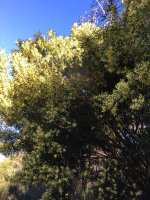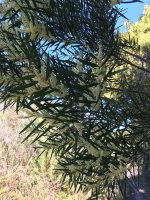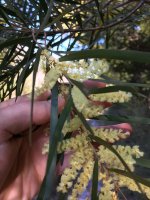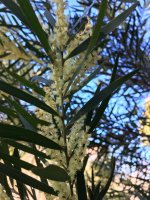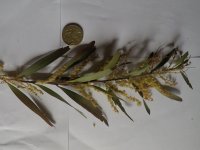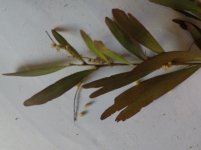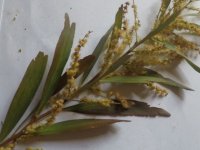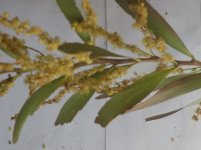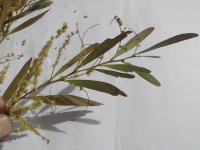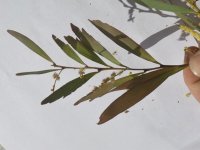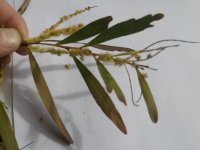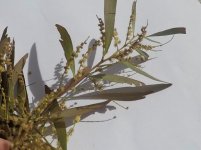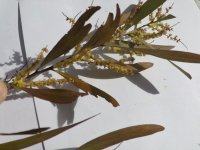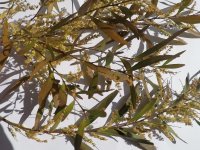complete acuminada pdf
on a lighter note,
western australia still has huge amount of acuminadas all over the place.
nubies still just go to those aras around york and toodjay and northam now because it is only
1 hour out of perth, relativly close considering the size of the growing range of acuminadas in wa.
they grow all the way from geraldton , 400km north of perth , all the way down to 100 ks south east of perth , and all the way out to kalgoolie 600 km east of perth and far beyond.
pretty much 1 unbroken acaia forest,
and thy have been there for hundreds of millions of years
and in that area millions of square kms there are ,
6 main sub spieces of acacia acuminada ,
and up to 64 genetic varients and cross pollinations.!!!
WOW yes most people have no idea how many trees there are really are out there.
so there is no fucken excuse for stripping tree at all ever for any fucken reason.
there are 10s of thousands of fallen over trees and broken branches every ware.
you only have to pick the braches of the ground and still fresh enough to use ,
no wories..
and besides that ,
the phylodes have a higher content in them anyway for most of the year,
so you only need to take literaly a handfull of each tree,!!!
and as acuminada is the highest yealding dmt acacis in australia .
all you need in one kg of dried phylodes at 1.2-1.4% to get 10 to 14 grams.
more than enough for everyone if havested susstainably.
anyway ill post again soon.
goin to the beach for a surf.
susstainabillity is the only way to go forwarsd for us.
and jetflux.!
the needle poin acuminada you mentioned,
actualy isnt thin phylode acuminada,
thin phylode acuminada looks pretty much identical to broad leaf acuminada but a smaller version and the phylodes are only a few millimeters thiner than broad phylode acuminada.
with slightly longer minute hairs on the edges of the phylodes than the hairs on broad leaf acuminada.!
the one that has the needle point phylodes is called acacia burkitii.
which is one of the of the 7 varients of acacia acuminada.
there are 3 varients of acacia burkitii.!
acacia acuminada/burkitii variant 1
acacia acuminada/burkitii variant 2
both of which look almost identical to
acacia acuminada thin phylode varient
exept that where the thin phylode acuminada get sparcly spread out as
it streches out in to the more arid zones then the
acacia acuminada/burkitii variants 1 and 2 take over and stretch out into the desert.
and acacia burkitii ever grows as far east as western new south wales,
around burk and broken hill.!!!
yes thats right, you dont even have to go all
the way to western australia,!
you can get acuminadas,or shoud i say
acacia burkitii in large ares of nsw and south australia.
and yes they to are highly active with large
alkaloid contents as well..
its interesting to note about anastimisation,
that there is a direct relationship
between the loose or tight spacing of the anstimisation in the phylodes,
in the different dmt containing spieces of acacias,
and the actual levels of dmt alkloids in the different spieces.!
the way it goes is ,
the larger spacing of the anastimisation the lower the dmt alkaloid content,
in such spieces like acacia obtuifolia,
which has cosderably less dmt content say from .4 to .9,
and somtimes up to 1% .
and have quite large anasimisation spacing paterns.
where as
acacia courtii has much tighter anastimisation paterns
and is a solid 1% in winter and most of the year.
where as acacia acuminada in all varients,
has such tight anastimisation paterns that
even when held up to the sun in verry dificult
to see at all.!
verry interesting observation actualy.
as who would even notice somthing like that exept humans?
must be meant to be i think!
so there you go people.
the acuminada report that i have posted above,
will give you everything you could ever
possibly need or want to know about acacia acuminada
and all its varients.
it was compiled as a reserch study for the sandlwood industry.
as acacia acuminada is the host spieces for the westaustralian
sandlwood tree.
the sandlwood tree is a parisite spieces that feed of the acuminada tree.
interesting hey.!
thats a bit of dence reading for all you
acaciafiles.
hope you all find what you are looking for in there
there are some cool color photos too.
PEACE OUT
OM MANI PADME HUM
ACUMINADA DREAMING
DOWNUNDER
LIMOLORDS
Even on the larger trees most new growth begins with bi-pinnate leaves, this is typical of Melanoxylon (and they are everywhere
)

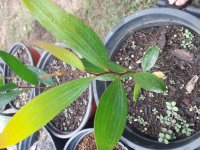

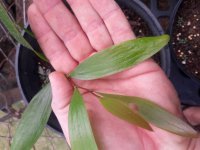
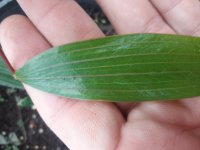








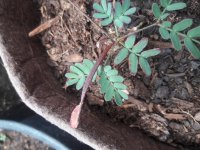
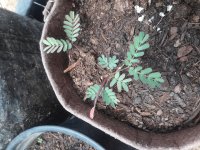
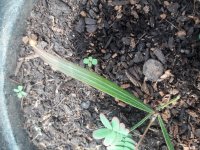


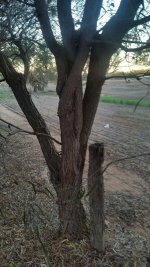
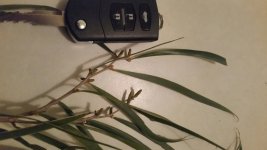
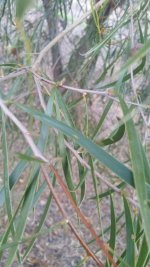
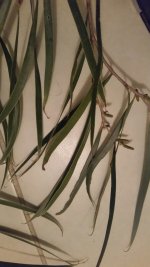
 :d :lol:
:d :lol: 





